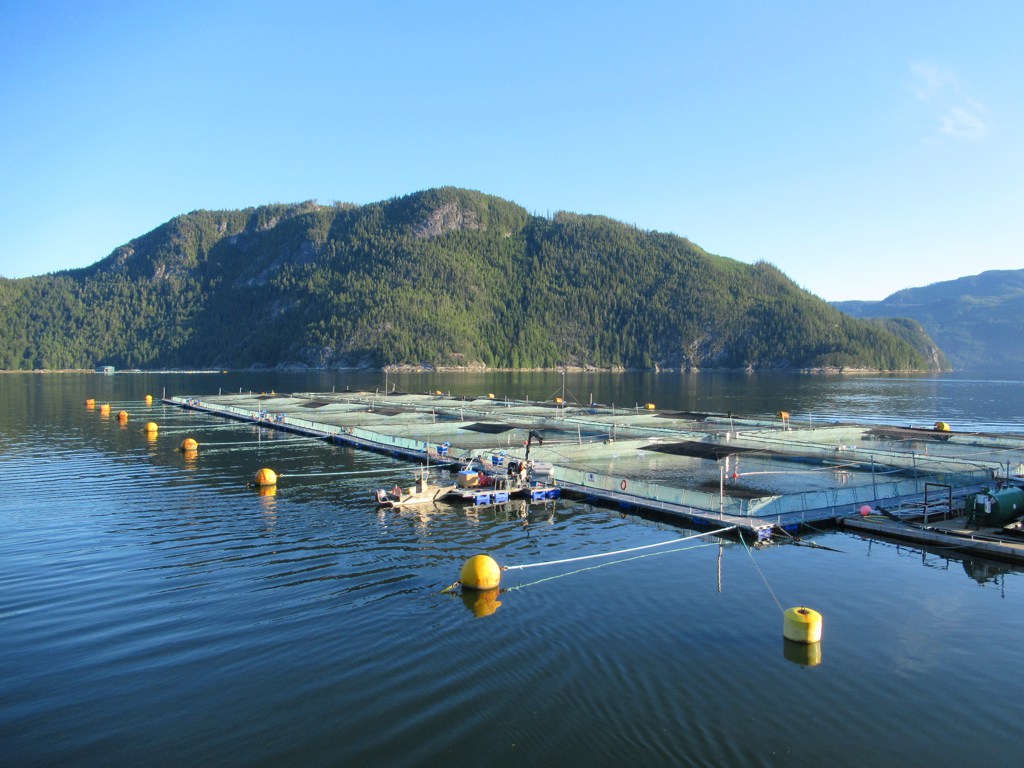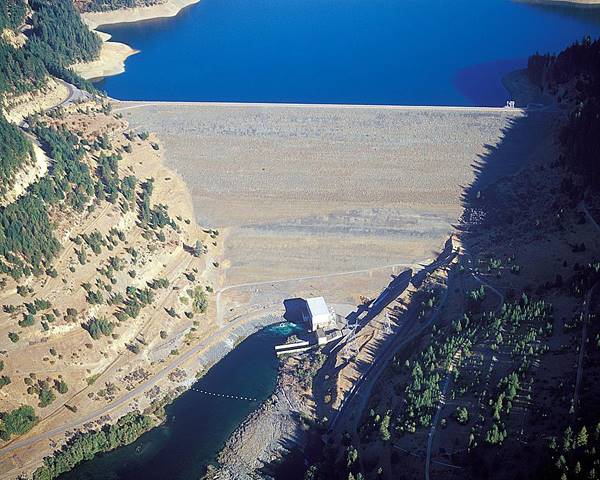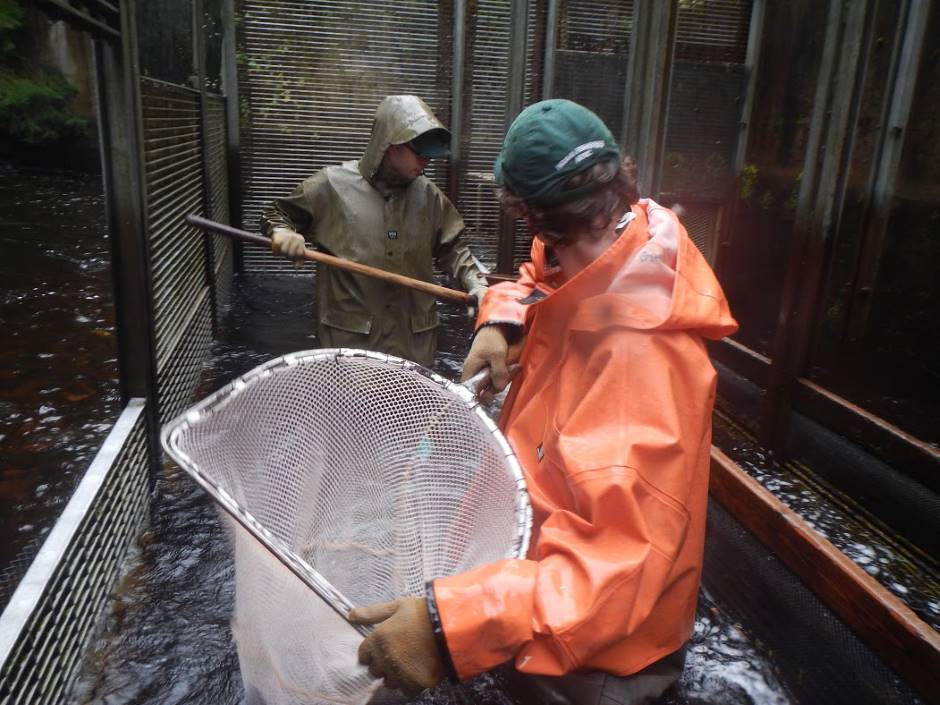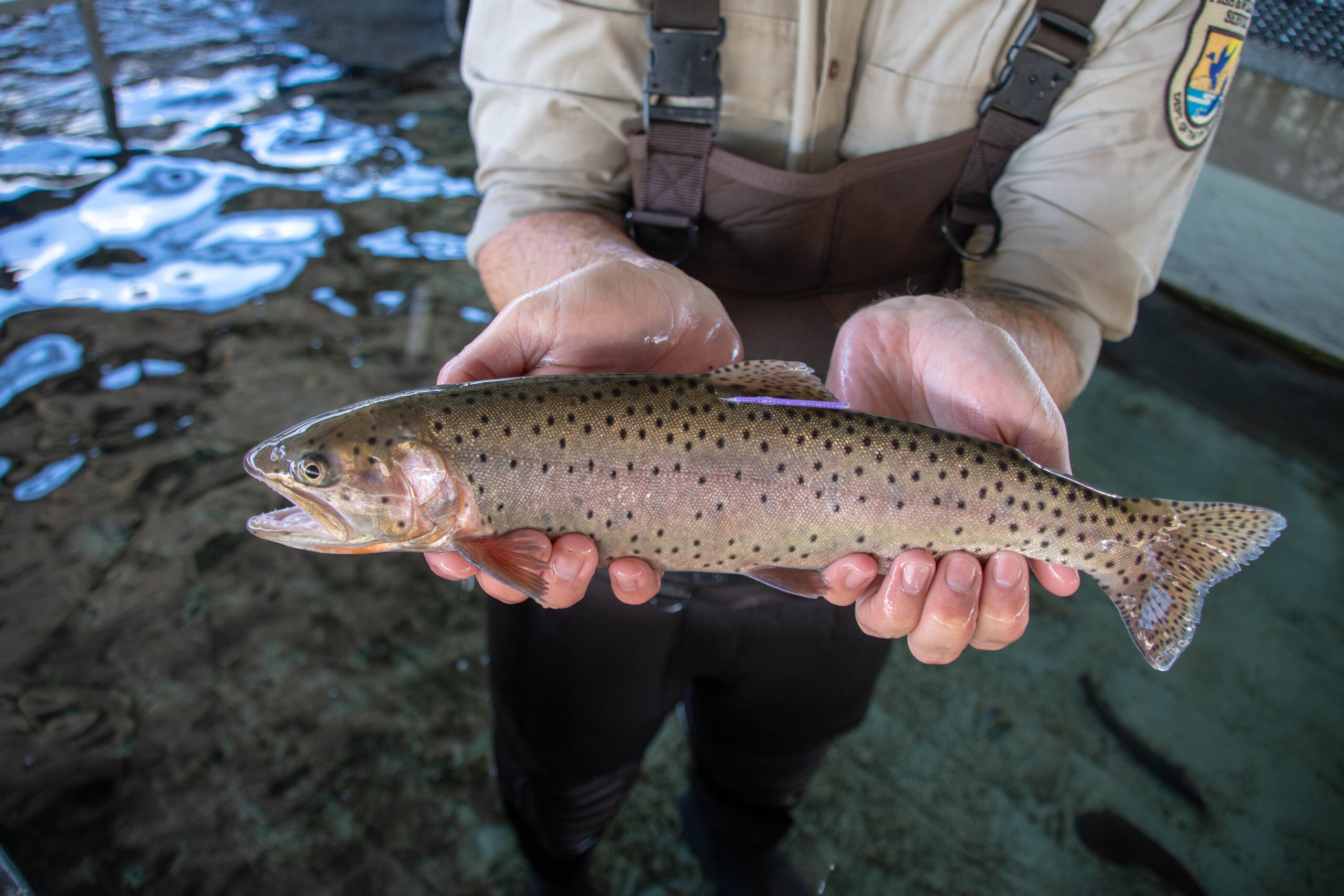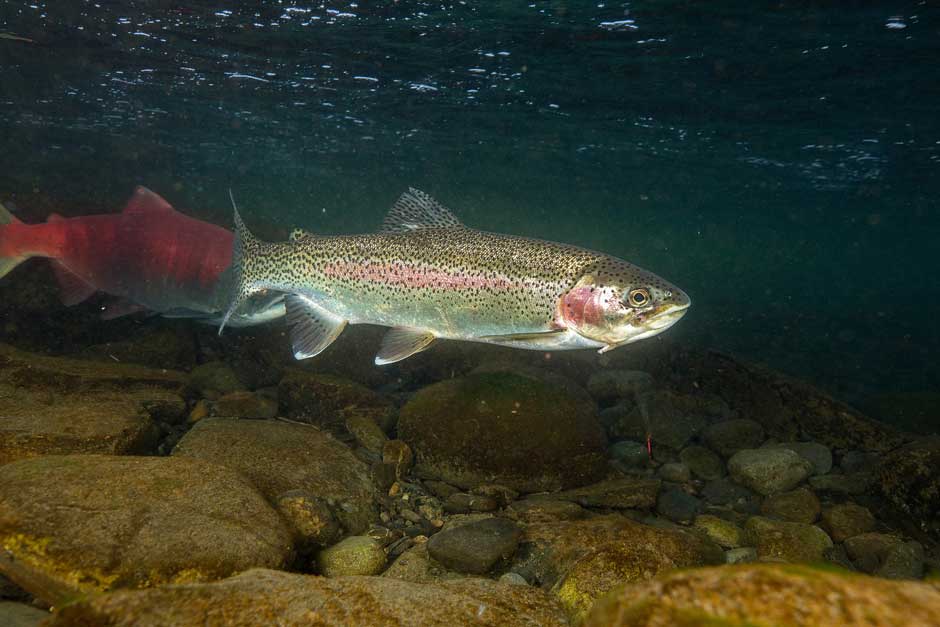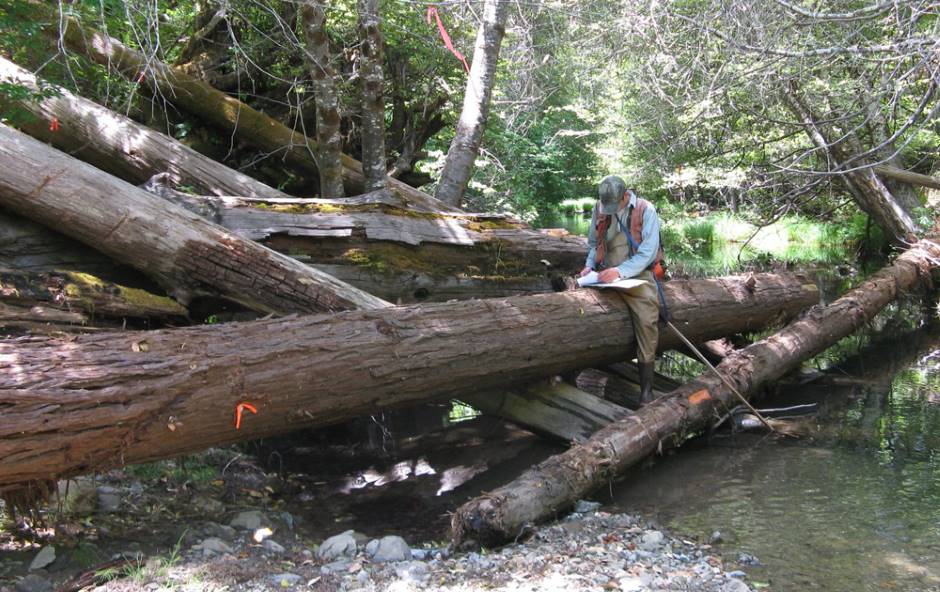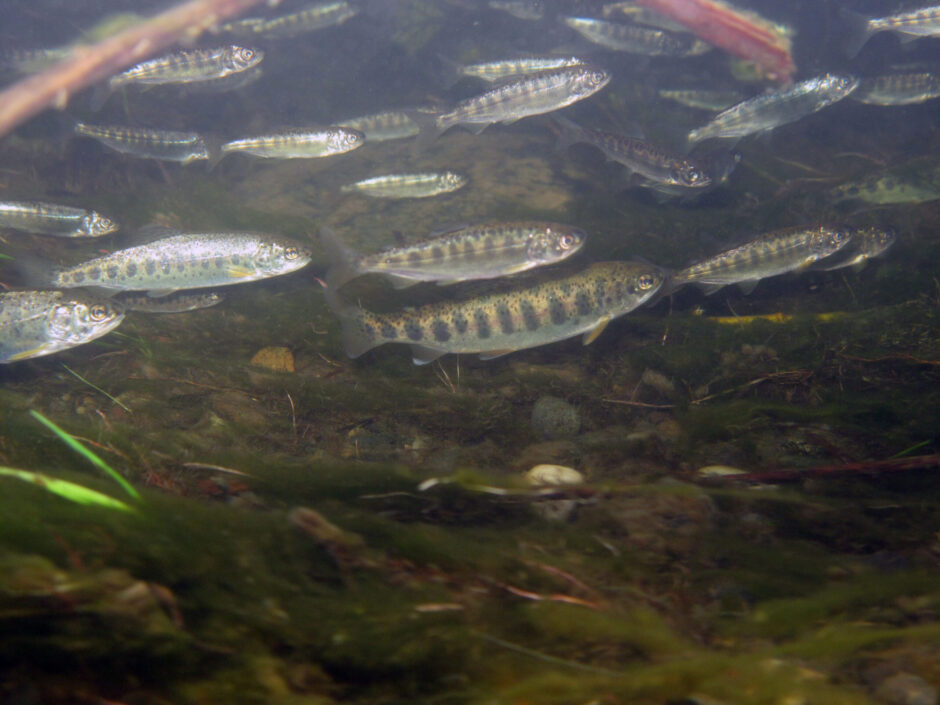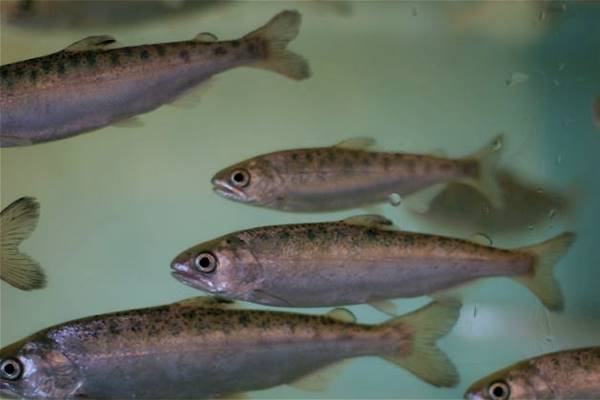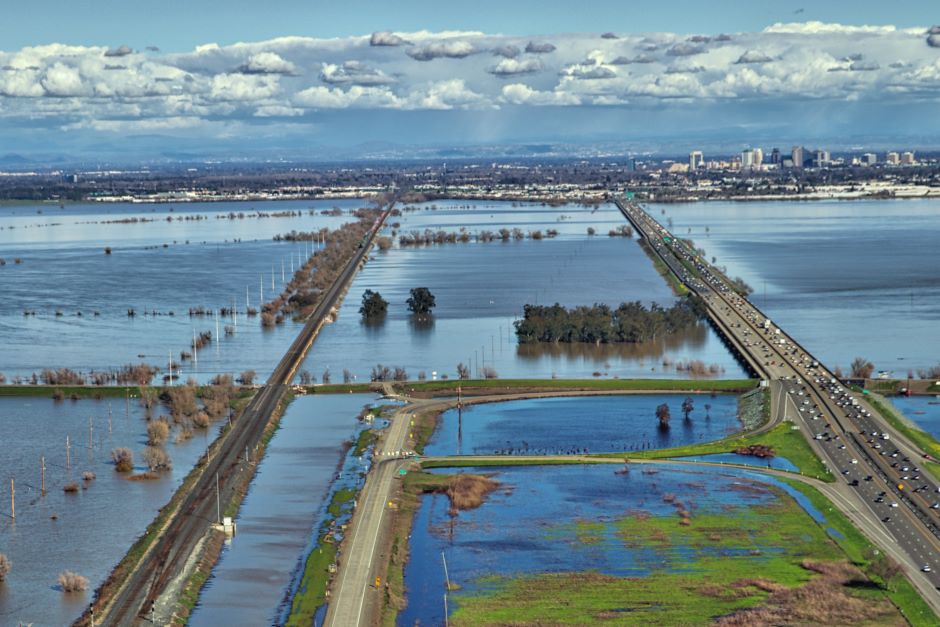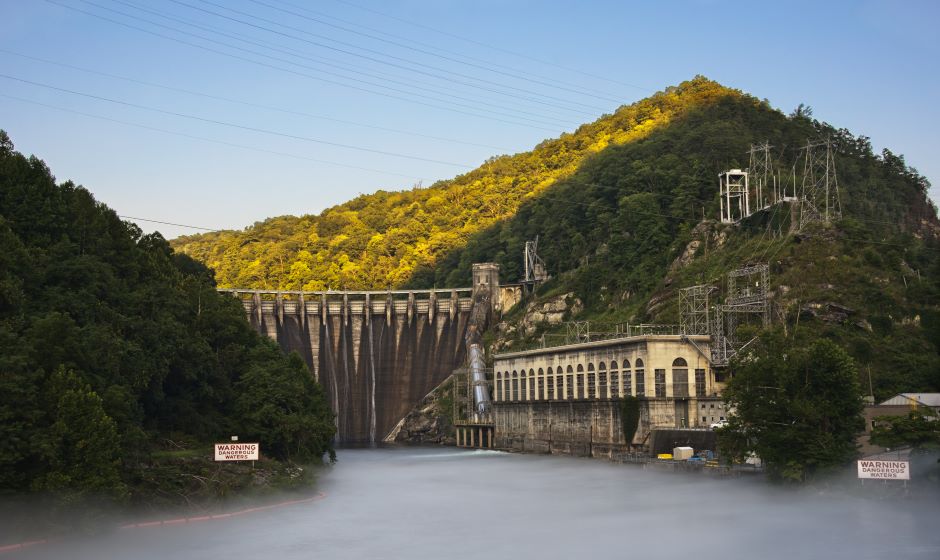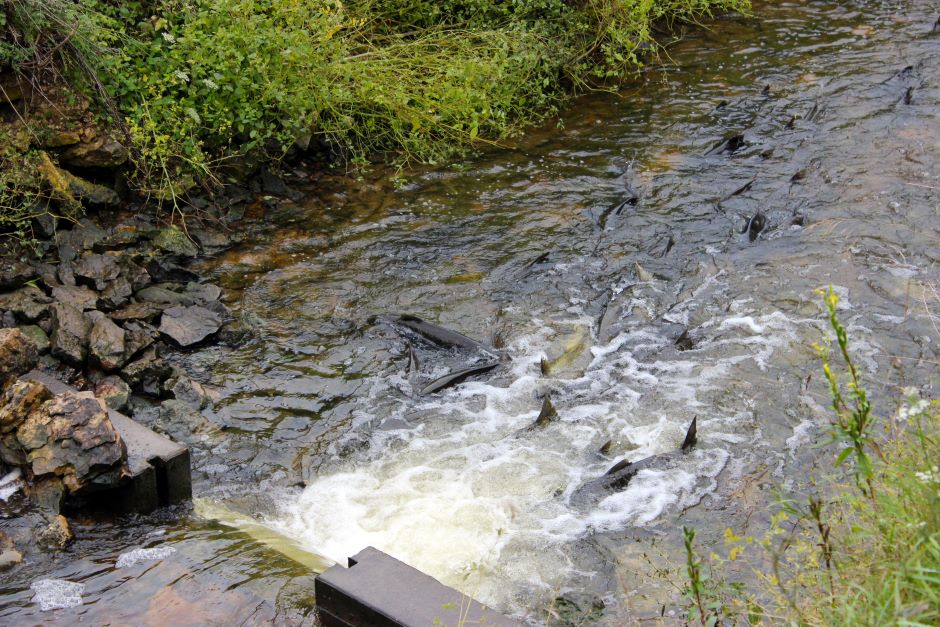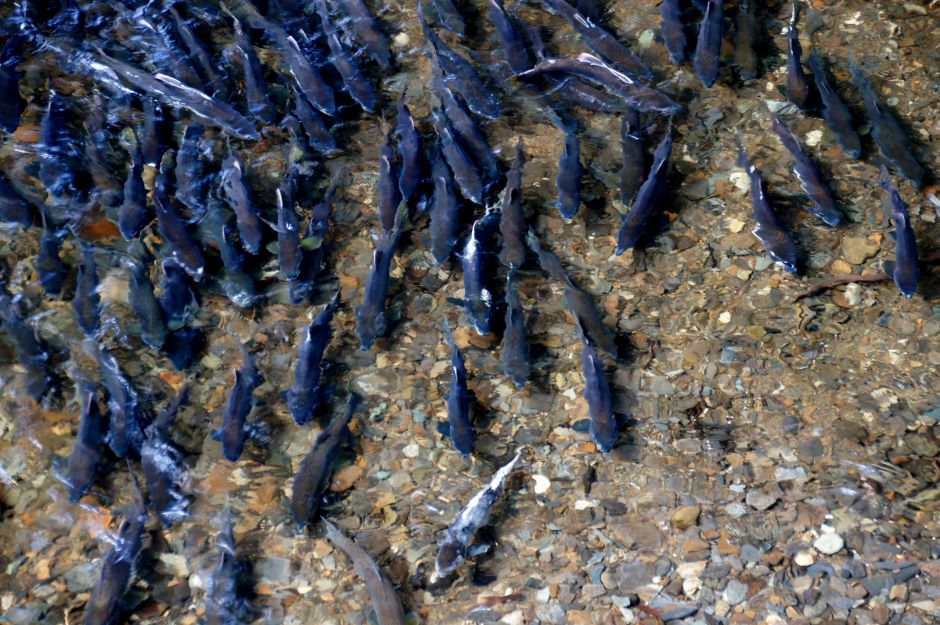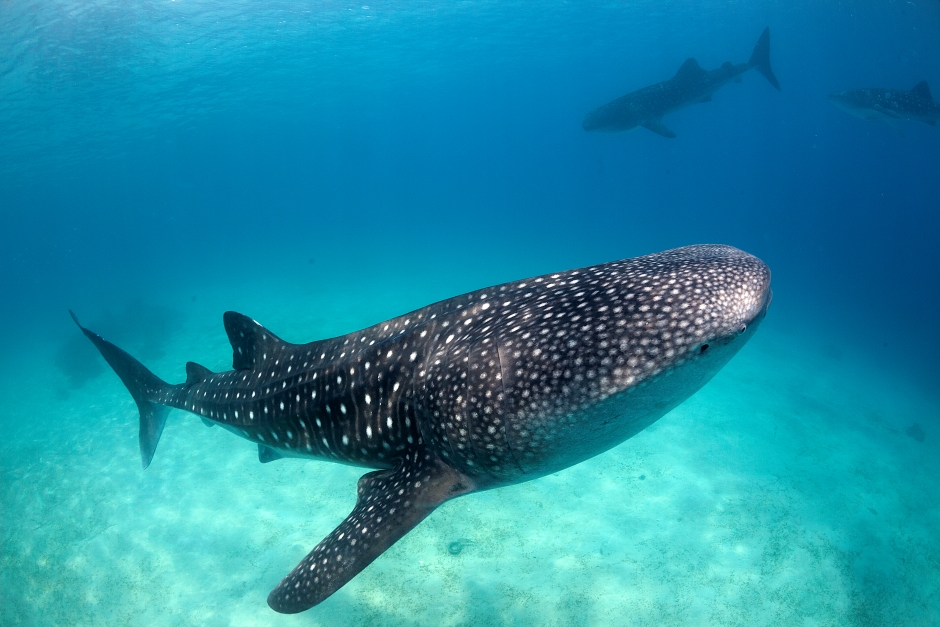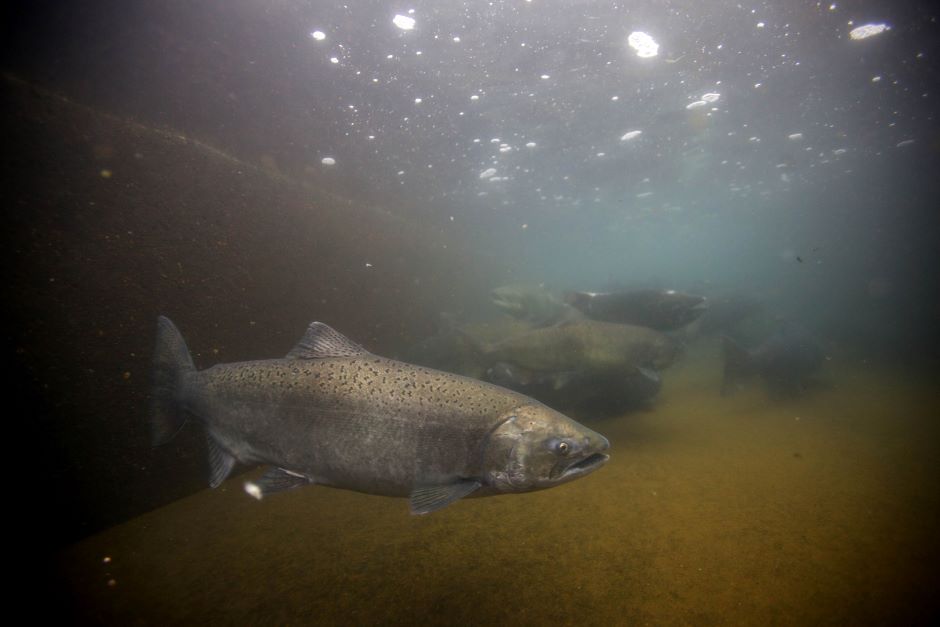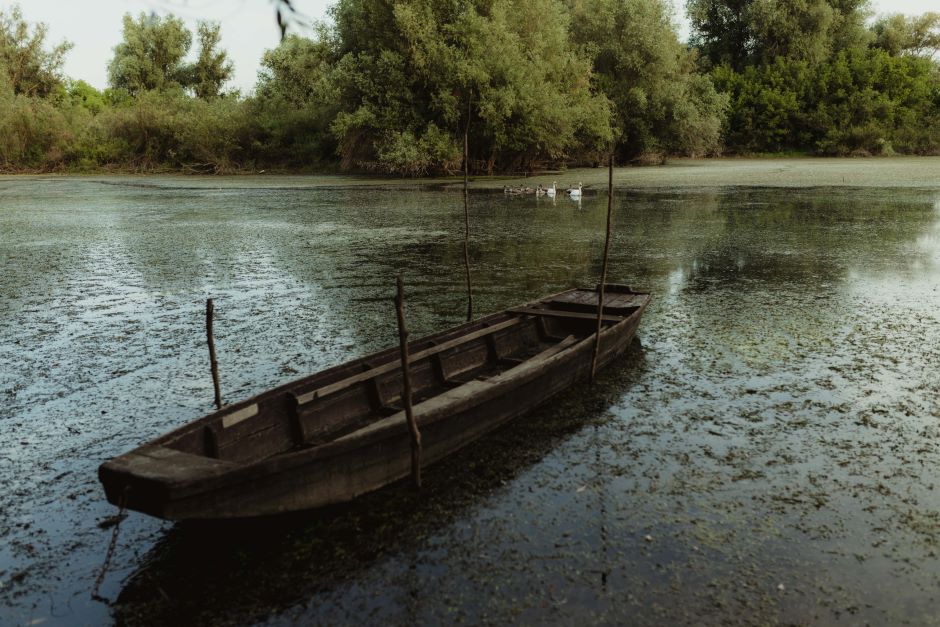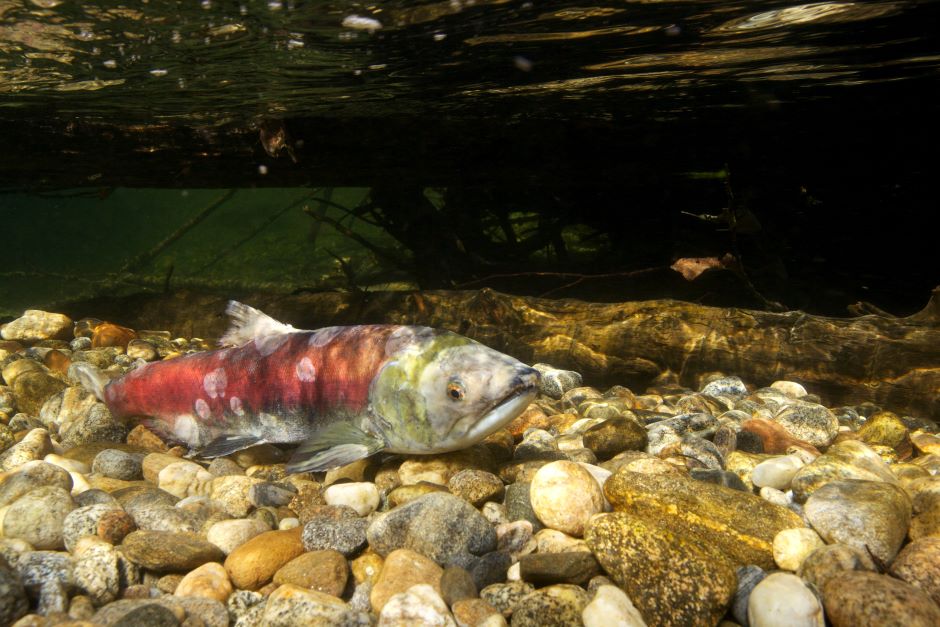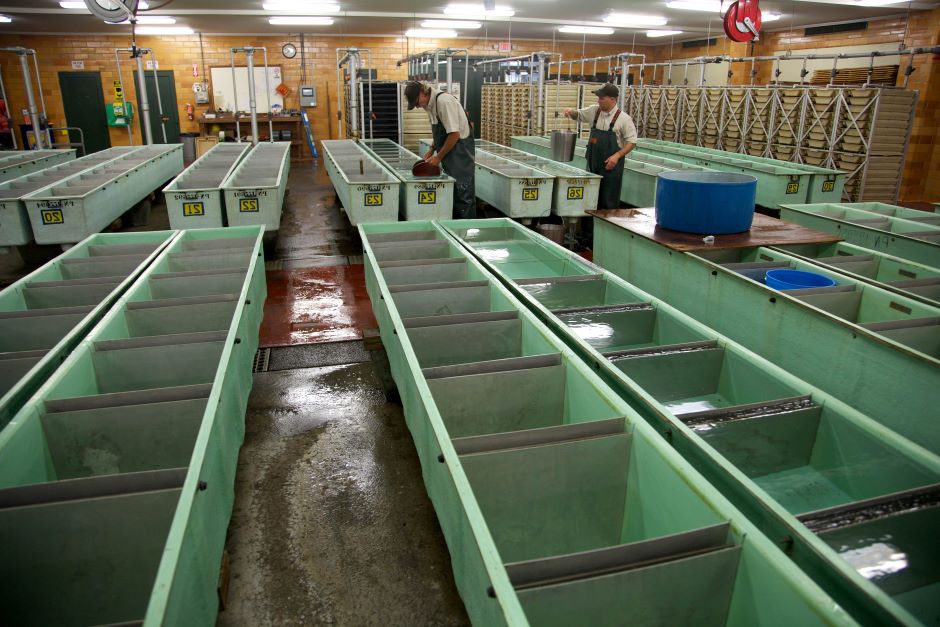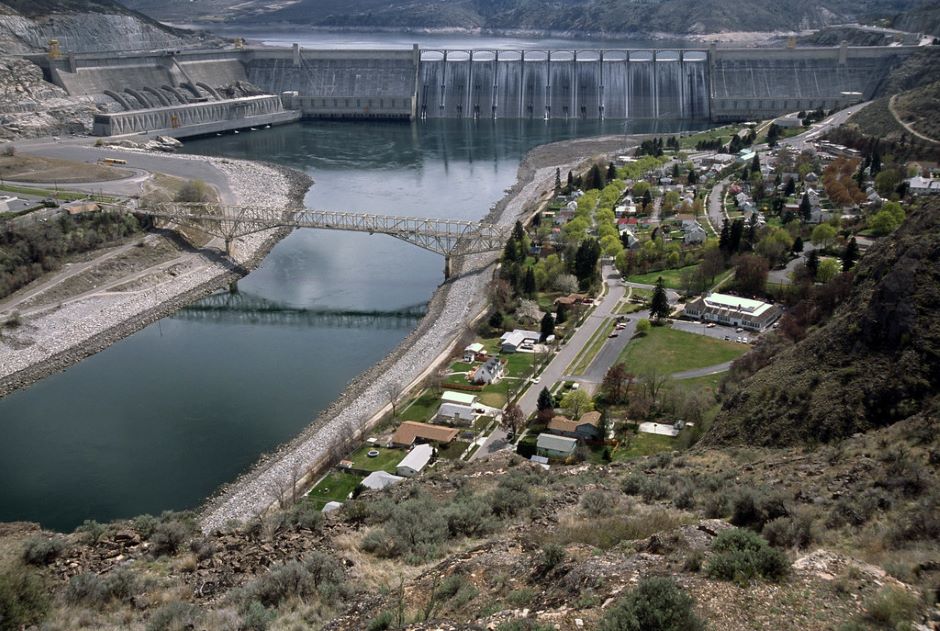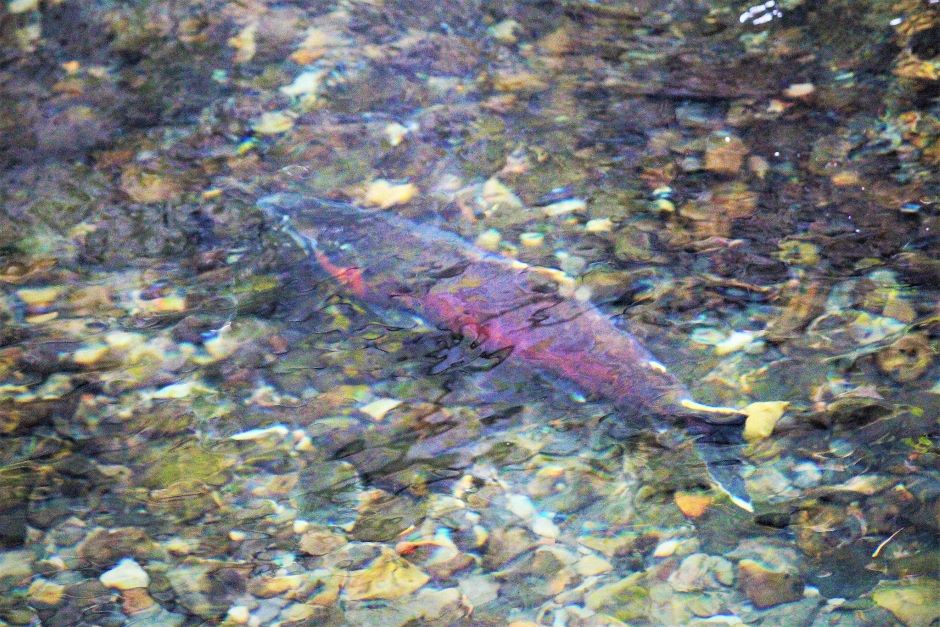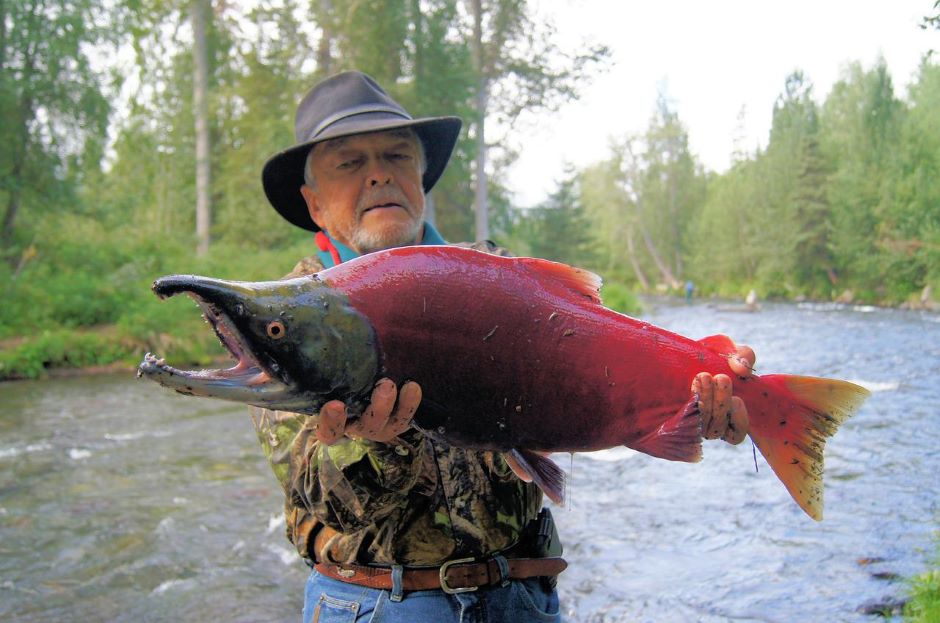Posts for tag "salmon"
Monitoring Impacts of Farmed Salmon Escapes on Wild Salmon Populations
While salmon farming is a popular form of aquaculture, equipment failures, storms, and attacks by predators can lead to escapes. Because the farmed salmon differ from native species, researchers continually study escapees to understand their effects on...
- Posted October 22, 2024
Making Dams in California Fish-Friendly
Salmon and other native fish across California are threatened by inhospitable streamflows altered by some of the states thousands of dams. The controversial work of getting flows right for fish can't begin until managers know which dams...
- Posted August 19, 2024
Salmon Shifting Migration Habits Due to Climate Change
Migratory fish like salmon have long been traveling from their freshwater birth waters to the ocean and then returning to these lakes to spawn later in life. Unfortunately, recent changes in the climate have impacted these migration...
- Posted April 15, 2024
Predation Tags: Innovative Fish Tracking
Fish tagging has been a common practice for years, usually helping researchers track the movement of fish through a fishery or the return of migratory fish. While there are many different kinds of fish tags, the most...
- Posted March 11, 2024
Declining Mountain Streams Still Supporting Fish
A compilation of research finds that mountain streams aren't as pristine as once believed but biodiversity still persists.
- Posted July 31, 2023
Study Backs Cheaper and More Efficient Habitat Solutions for Coho Salmon
A 2014 study supports an emerging method to improve habitat conditions for salmon more quickly and cheaply than traditional projects.
- Posted July 24, 2023
Chinook Salmon Stocking in the Great Lakes
Fin-clipping efforts in the Great Lakes are just one initiative that has made a difference in tracking native and hatchery-raised salmon.
- Posted May 22, 2023
Large-Scale Habitat Restoration Proves Beneficial for Juvenile Coho Salmon
Focusing on coho salmon productivity, a 2014 study is among the first of its kind to evaluate restoration outcomes on a watershed scale.
- Posted February 20, 2023
Making California’s Yolo Bypass Salmon-Friendly
California is working hard to make the state's Yolo Bypass salmon-friendly by creating a 30,000-acre nursery in the surrounding floodplain.
- Posted January 30, 2023
Using Sensor Fish to Test Fish Ladders in Hydroelectric Dams
Sensor Fish can be deployed at hydroelectric dams to study the forces a juvenile salmon feels as it passes through hydropower facilities.
- Posted January 11, 2023
Chinook Salmon Declines in British Columbia
In a case of an ecological who-done-it, scientists are left scratching their heads at where all the chinook salmon that used to run up and down the Strait of Georgia went
- Posted October 5, 2022
Salmon Surveys and Sampling: Everything to Know
Salmon conservation and fishery management are based on surveying and sampling techniques that create a more well-rounded view of the fish.
- Posted September 26, 2022
Fish Tagging: Everything to Know
Researchers and anglers alike are invested in the future of fisheries, creating a unique opportunity for community organizing and cooperation between groups. Many tagging programs offer opportunities to join in on initiatives through citizen science programs and...
- Posted September 21, 2022
Lake Michigan Chinook Salmon Stocking May Resume
Based on climbing alewife populations, the Michigan DNR believes that it is once again time to stock Lake Michigan with more Chinook.
- Posted August 29, 2022
Impacts of Ocean and Freshwater Acidification on Fish
While discussions surrounding ocean acidification have skyrocketed in recent years, few recognize that acidification is also impacting freshwater ecosystems.
- Posted August 12, 2022
Snake River Sockeye Salmon Recovery
A recovery plan was adopted in 2015 and has continued to help protect species in the Snake River.
- Posted August 1, 2022
Bacterial Coldwater Disease In Hatcheries
Bacterial Coldwater Disease threatens wild and hatchery-raised fish of all species, though its impact on salmonids in the past few years has been particularly notable. BCWD impacts salmonids at a higher rate than other wild or farmed...
- Posted July 29, 2022
Restoring Salmon above the Grand Coulee Dam
Native American tribes in Washington and Idaho are hoping to restore salmon runs above the Grand Coulee Dam, according to the Associated Press. They are proposing a feasibility study to judge how successful any potential restoration can...
- Posted July 22, 2022
Protecting Salmon Habitats for the Future
Recent research is upending widely held views about the habitats that suit salmon and trout best, according to the California Water Blog.
- Posted July 13, 2022
Building Salmon Knowledge In Alaska
Researchers at the University of California, Santa Barbara, are partnering with salmon experts around Alaska to make it easier to share findings about the fish, according to a release.
- Posted June 17, 2022

